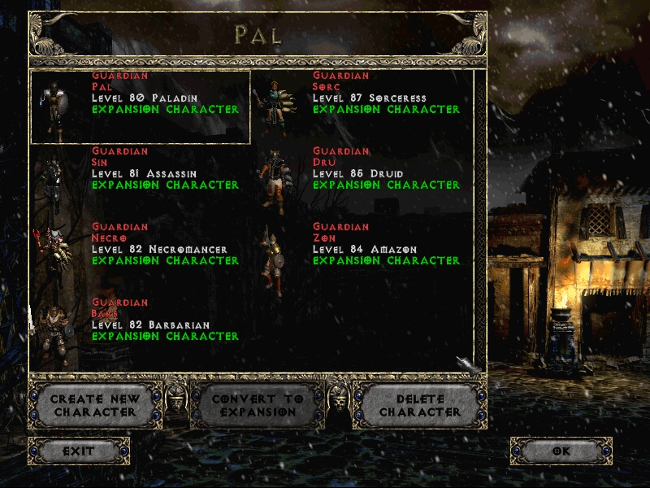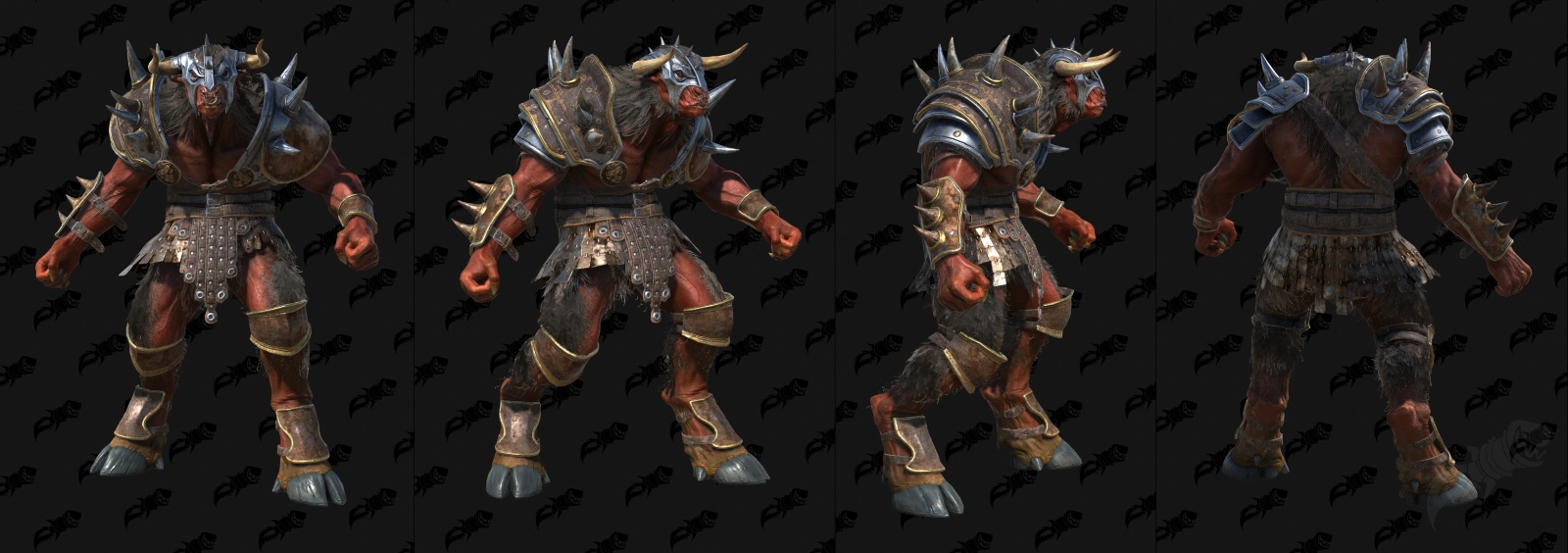
Skills I am using are almost all defensive in nature. We are playing casually, not taking any extreme care, but deaths in Nightmare were quite low. Some boss packs in Nightmare were a strong challenge. I'm leading most of the time, and I've been able to tank for the group (which varies from two to four in number) through Normal and Nightmare. No one in this group is using the AH for gearing up, as yet. I am playing mostly coop, with my wife and a few select friends who have been progressing at about the same pace as us. So how do I draw this conclusion? What's my evidence? The balance is fine in Normal and Nightmare, but that was true in D2 as well. D2 was fatally unbalanced, rendering melee unfeasible - and D3 is almost as bad, or its even worse, depending on whether you are talking about Hell or Inferno. A little of this is good, as I described with my tactical fallbacks as a D1 warrior - but too much is fatal. If the incoming damage per second overwhelms the character's available healing per second, the character cannot remain engaged at melee range and must retreat or die. There are some significant differences (mainly the addition of crowd control mechanics) and some minor improvements, but at the core of melee design lies one simple principle: Basic Math. This is D2 all over again, as far as melee mechanics. Well the verdict is in, and the grade? Fail.
#Most powerful melle character diablo 2 plus
I pinned most of my hope for Diablo 3 on the talent, experience and skill of Blizzard designers - with the lessons of Diablo 1 and 2 on hand, plus their successes with World of Warcraft, where melee is eminently viable. This was Epic Fail on behalf of the designers - the worst shortcoming of the game, bar none. As Barbarian you would whirl whirl whirl your way through them. The mobs hit too hard, compared to the health recovery options. Tactical bliss!ĭiablo 2 had zero melee classes, because melee itself was not viable. Use this corner to reduce the number that could swing at me to two, until some could walk around, then fall back to the next corner, or to that barrel, or use the impaled villager briefly, and so forth. When I would pull more than I could safely handle, the strategic fallback would begin.


I greatly enjoyed playing the ranged classes in D1, with teleport positioning and all manner of finesse, but the most fun of all was playing melee and getting in there toe to toe.

The player can, however, use Corpse Explosion for devastating AoE damage sitting safely behind the comfort of their colossal necrotic army, or actively supply buffs that make minions stronger.Diablo had only one melee class, and it was generally the most gear dependent of the classes. Your golem, combined with your massive army of skeletons, can absolutely melt packs of monsters down without requiring the player to lift a single finger. The Necromancer is able to summon a Golem very early on, which tanks massive damage and is instantly replaceable upon its death. The Summoner build for Necromancer is a solid choice for a solo class in Diablo 2: Resurrected and the one I personally picked for my single-player playthrough. The Best Solo Class for Beginners: Necromancer In this guide, we will be covering the best solo classes in Diablo 2: Resurrected for different styles of play. Every class is viable for solo play in Diablo 2: Resurrected, but some definitely provide smoother experiences than others and it’s important to choose your class wisely, as it’s the one you’ll be going to Hell and back with. Diablo 2: Resurrected is fun to play with friends, but playing solo and enjoying the story on your own terms can be a great experience, too.


 0 kommentar(er)
0 kommentar(er)
